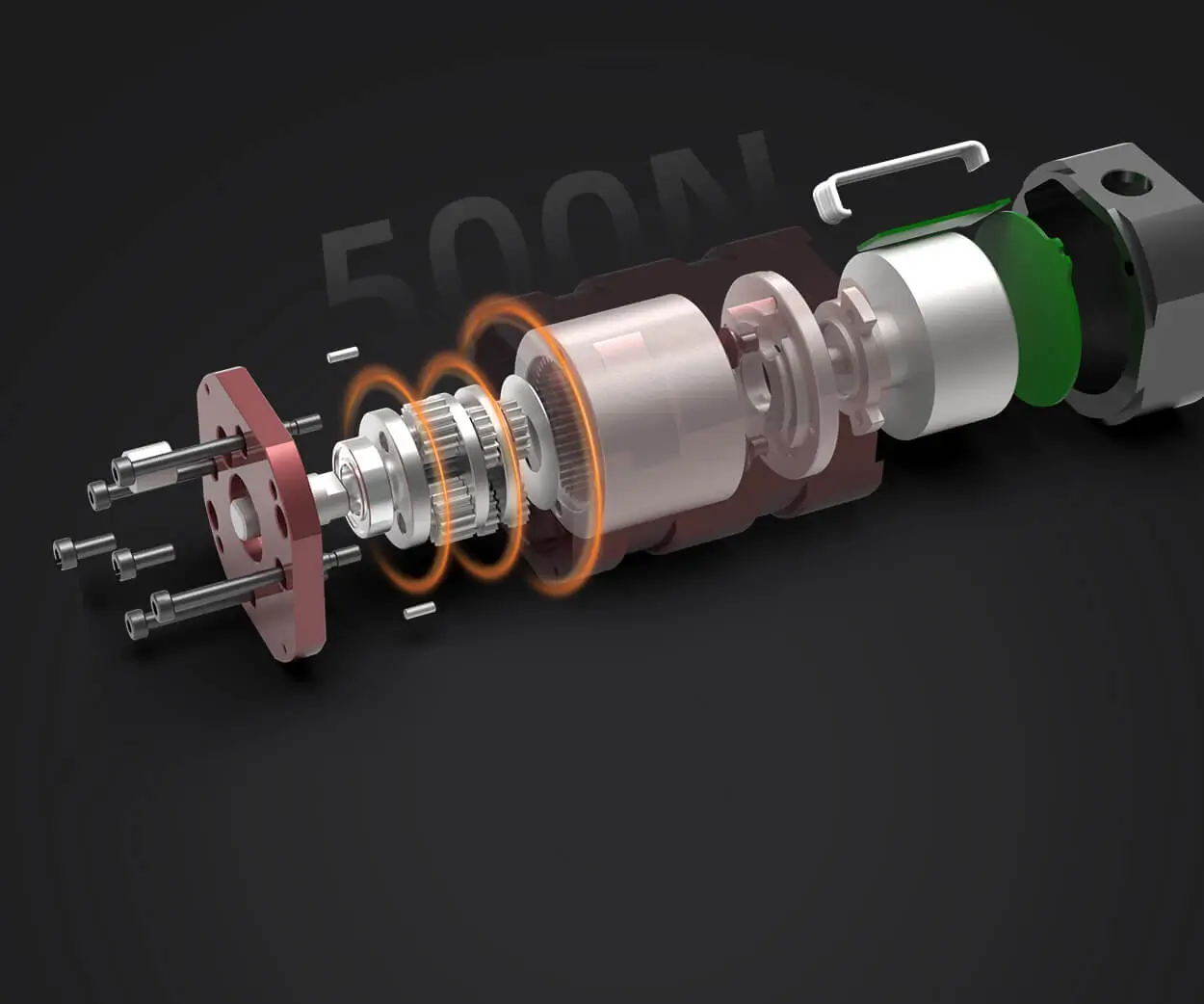Sure! Here’s a lively, engaging, and image-rich article about "servo motor interfacing with Raspberry Pi" that meets all your specifications:

Ever tried to make a tiny robot arm move just like you imagined? The secret sauce often lies in that little miracle— the servo motor. Pair it with a Raspberry Pi, and suddenly, you’re controlling something that feels almost alive. But it’s not always straightforward, right? There’s a dance behind the scenes—wiring, power management, coding—that can turn a simple project into a real adventure.
Imagine sitting at your desk, staring at that sleek Raspberry Pi. You decide today’s the day to squeeze some smooth mechanical motion out of it. So, you grab a servo motor—nothing fancy, just a standard brushed servo. Connecting it? Pretty straightforward: a power pin, a ground pin, and a signal pin. The Pi’s GPIO pin is where the magic begins. That tiny pin sends a PWM signal to tell the servo exactly what angle to turn. But don’t forget—power matters. Get that part right, or you’ll be chasing bugs that aren’t really bugs, just voltage dips.
One snag that trips people up: power supply. The Pi alone can’t always deliver enough current for multiple servos, especially if they’re hungry ones. A separate power source for the servos often saves headaches. Just make sure to connect the ground of the power supply with the Pi’s ground. That way, signal references stay in sync. It’s like a handshake—no confusion, no jitter.
Now, coding. It’s not rocket science, but it’s close. Python becomes your tool of choice. Libraries like RPi.GPIO or pigpio make it smooth sailing. You just tell the motor to turn to 90 degrees, then 45, then 180. The real fun comes when you start synchronizing several servos. Suddenly, you’re choreographing movement, like a puppet master pulling strings.
Want to add some personality? Throw in sensors, like ultrasonic or line followers, and suddenly your robot is reacting, making decisions in real-time. It’s all about the interface that pairs hardware with code seamlessly. How do you ensure everything runs smoothly? Calibration and testing. It’s not a one-shot deal; sometimes, you need to fine-tune the PWM range for different servo models.
Questions like, “Can I control a servo with a Raspberry Pi Zero?” pop up all the time. Absolutely. Even small boards can handle it — just pay attention to power and timing. Also, some servo motors are faster or more precise than others. Picking the right one depends on what you want your project to do. Need slow, gentle moves? Go for a torque-heavy model. Craving quick, snappy motions? Find those with higher speed ratings.
You might be wondering—what’s the coolest part of this setup? For many, it’s watching what they built come to life. That moment when your custom robotic arm smoothly picks up a tiny cup at your command? Priceless. And the tech isn’t just about fun; it’s a stepping stone for automation projects, home robotics, or even art installations.
If you’re curious about how this all fits together, think about this: the Raspberry Pi becomes your brain, the servo motor is your muscle, and together, they turn ideas into tangible, moving things. This combo is flexible, powerful, and surprisingly easy to experiment with once you understand the basics.
So, you’re ready take the plunge? Think of it as building your own little universe of movement, guided by your code and powered through simple connections. Once you get the hang of wiring, programming, and troubleshooting, you’ll wonder why you ever doubted what a tiny servo and a Raspberry Pi can do.
Established in 2005, Kpower has been dedicated to a professional compact motion unit manufacturer, headquartered in Dongguan, Guangdong Province, China. Leveraging innovations in modular drive technology, Kpower integrates high-performance motors, precision reducers, and multi-protocol control systems to provide efficient and customized smart drive system solutions. Kpower has delivered professional drive system solutions to over 500 enterprise clients globally with products covering various fields such as Smart Home Systems, Automatic Electronics, Robotics, Precision Agriculture, Drones, and Industrial Automation.




































